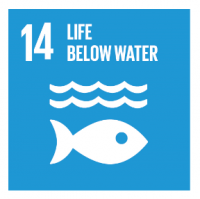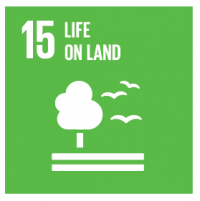The Wilderness War
The book and suggested activities are suitable for learners working at the top end of First Level and beginning Second Level.
Read The Wilderness War – Introduction if you do not know or have a copy of the book.
Literacy Activities
The Wilderness War Teacher Support Notes
The Wilderness War – Mind Map provides an overview of the IDL novel topic.
For more LiteracyTeaching and Learning ideas see below.
Write a Guide to a Wild Place
CfE Es and Os LIT 1 -26a and LIT 2 -26a
Find a wild area in in your garden, local park or other greenspace. It doesn’t need to be big – it might be a neglected corner, or a single container that has been given over to wildlife. Write a guide to the area, and explain what wildlife it supports and why it is important. Your guide can take the form of a single sheet, a leaflet or a booklet.
Choose 3 or more features (a bird feeding station, wildflowers, a rock pile, a fallen or living tree – for example) that are important to the wild place. Draw or take photographs to illustrate your guide. Use text to provide more information.
OR
Take a member of your household to visit the wild place. Act as the guide and local expert. Show the visitor around and tell them all about the exciting things that use the wild space and what makes places like this so important.
Links to the Wildlife Watch Seasonal Guide may be useful as you explore and learn about your wild space.
You can find more information about this activity, including a Sway resource here.
Use Animal Tracks and Signs Spotter Cards
CfE Es and Os Reading LIT 1 -13a and LIT 2 – 13a
Use animal tracks and signs spotter guides and to find clues about the creatures that use an outdoor space when we are not there. The graphics and text in these guides work together to help us understand some of the clues left by living things that use our outdoor spaces.
Learning to be aware and taking notice of what is around us are important skills to have. By developing these skills we are also developing our ability to understand clues and hidden meanings in stories and other pieces of text.
If you can, print out the spotter guides suggested below or download them to your phone. Take the guides with you on a walk in your garden or local green space. What wildlife neighbours can you track?
RSPB Spot It! Tracks and Signs
Wildlife Watch Tracks and Signs
You will find simple spotter guides and identification sheets for all kinds of British wildlife (large and small) at the Wildlife Watch website.
https://www.wildlifewatch.org.uk/spotting-sheets
Follow Instructions to Make Plaster Casts of Animal Tracks
CfE Es and Os Reading LIT 1 1 -13a and L2 -13a
Follow this simple guide and learn how to collect plaster copies of animal tracks.
Wildlife Watch How to Go Plaster Casting

waterhttps://www.globalgoals.org/14-life-below-water

https://www.globalgoals.org/15-life-on-land

https://www.globalgoals.org/11-sustainable-cities-and-communities

